Why the iPhone might lose its Lightning port
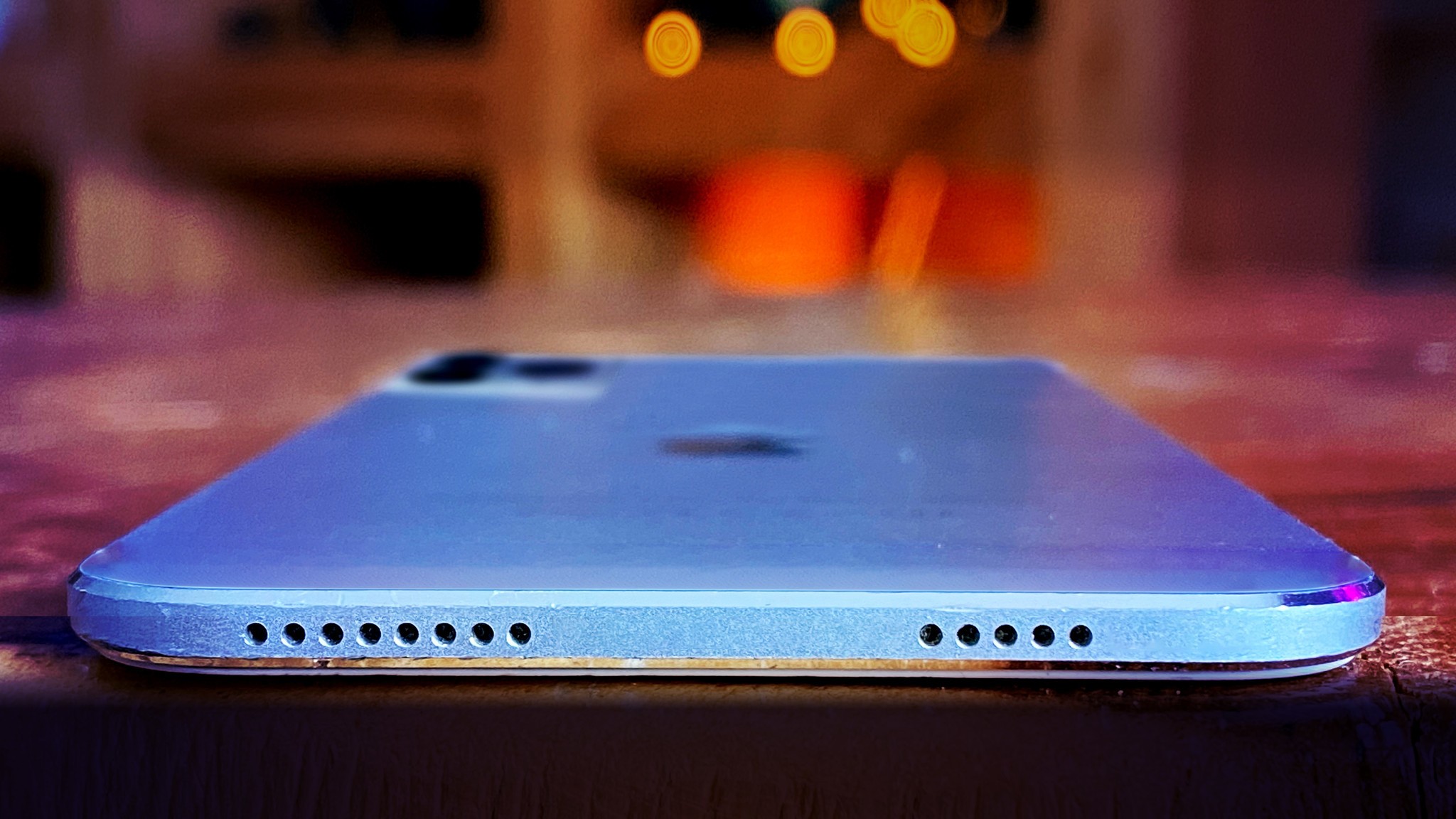
There are rumors going around — because there are always rumors going around — that Apple is going to kill the Lightning port on the iPhone. Not to replace it with USB-C, no... just kill it to watch all the wires die.
Now, it probably won't be with any of the iPhone 12 models released this year. Maybe as soon as the next iPhone next year, though. The entire industry is moving that way, not just Apple.
A lot of people hate the idea. A couple kinda like it. Me... I just want to explain it.
But why though?
Almost four years ago, Apple deleted the 3.5mm headphone jack from the iPhone 7. HTC had a bunch of phones without headphone jacks years before Apple, including the very first Android phone, but when Apple does it, because they drive so much product, it just gets so many headlines.
Apple's pitch was that the 3.5mm jack was an old, outdated, uni-tasker and that anything it could do their own Lightning port could do better. Except, you know, work with cross-device headphones and allow for simultaneous charging and audio without a dongle.
It also made water resistance better because, while almost all ports are sealed these days, you're still supposed to dry them off before plugging in anything electric, and a lot of people just don't. So, you still get corrosion and the occasional shorts.
Same with the Home button Apple replaced the very same year. They deleted the mechanical switch and replaced it with a proprioceptive lie — a Taptic response that only made it feel like it was clicking.
Master your iPhone in minutes
iMore offers spot-on advice and guidance from our team of experts, with decades of Apple device experience to lean on. Learn more with iMore!
Because those mechanical switches wore out in a way the virtual feedback presumably wouldn't. Same with other companies replacing side buttons with squeezes and the like.
Now, if Apple had used that moment in history, the moment when they deleted the headphone jack, to also switch from Lightning to USB-C, to something that almost every device would make standard, and would allow almost any headset to plug in with, albeit still at the expense of charging, maybe the world would be very different right now.
But, for a variety of reasons I explained a few weeks ago, that just didn't happen. AirPods happened instead. And, the very next year, inductive charging.
So, we're left with the Lightning port. And now that might go away and for the same reasons.
To simplify production and water resistance. To reduce complexity and mechanical failure. To stop people from plugging cables that fray into ports that get wet and dirty. And, of course, to prevent bad actors from plugging in cables to try and pull out private data.
To take one more step towards the kinda wireless world… or if we're still not ready, to take yet one more infuriating push.
What about charging?
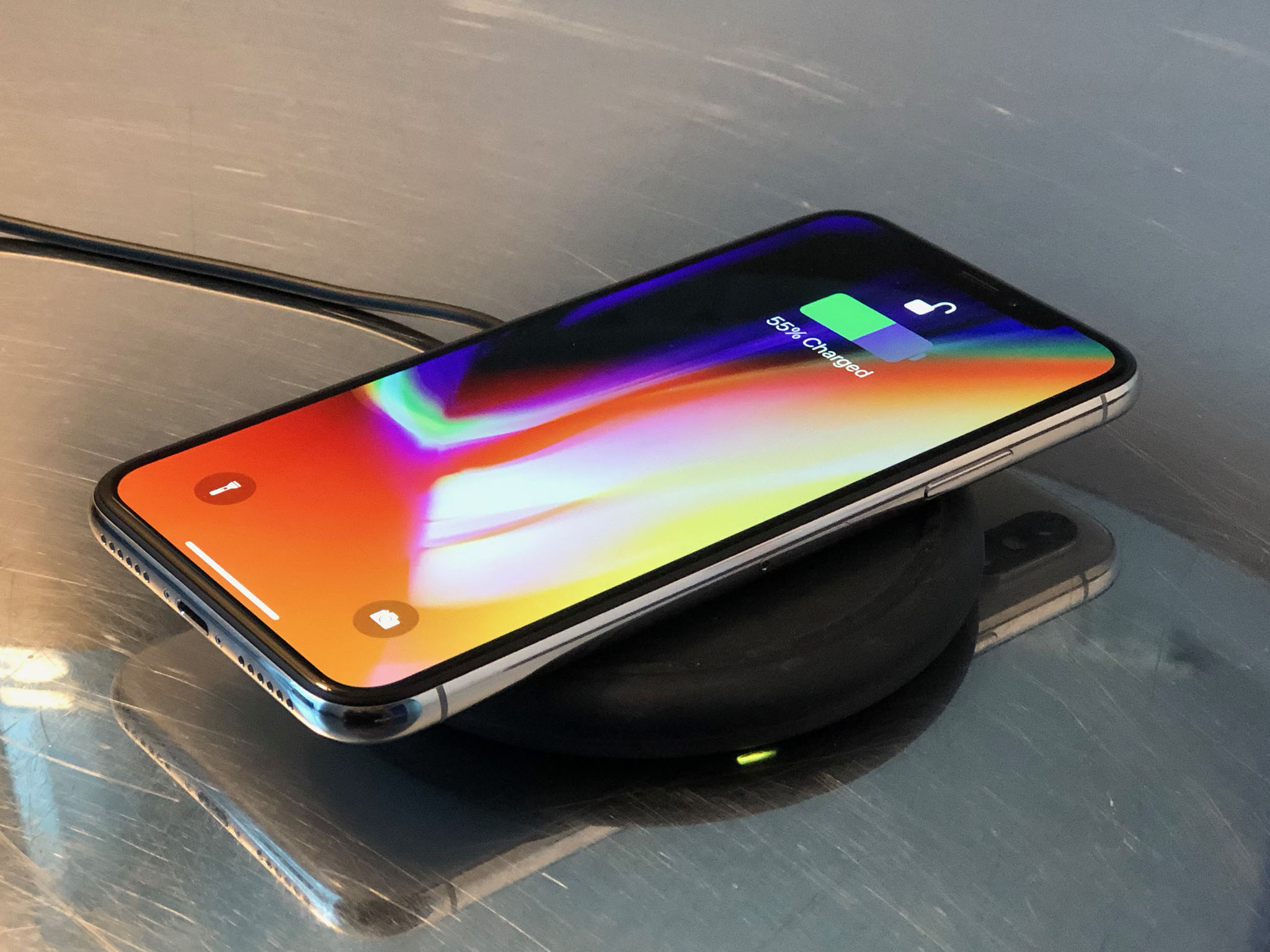
So, if Apple deletes the Lightning Port, we'll obviously have to charge inductively. Which some people call wirelessly. But since I still have to plug a wire in from the charger to the wall, I'm still going to call it inductively.
The Palm Pre famously launched with inductive charging more than a decade ago. Various Android phones have had it for almost as long. Apple introduced their version back with the iPhone 8 and iPhone X and, blessedly, stuck to the Qi standard.
Now, even though Qi chargers are a standard, they're not ubiquitous, not the way old USB-A or new USB-C adapter bricks are.
They're also bigger, because instead of just a small USB-C or Lightning plug on the end, they have a big honking hockey puck that you need to stick your phone on top of.
And, if you're trying to use your phone while charging it, Qi chargers make it much harder to do that as well.
They're also still nowhere nearly as efficient as plug-in chargers. In other words, they don't transfer power as well so you get all the heat without all the charge, and that's not as good for long term battery health.
But, most fast chargers aren't great for battery health either and a lot of people still get super excited about those anyway, because for a lot of people convenience now beats longevity later. So…
¯_(ツ)_/º¯
All this to say that while inductive charging isn't perfect, this part at least is a solved problem.
What about data transfers?
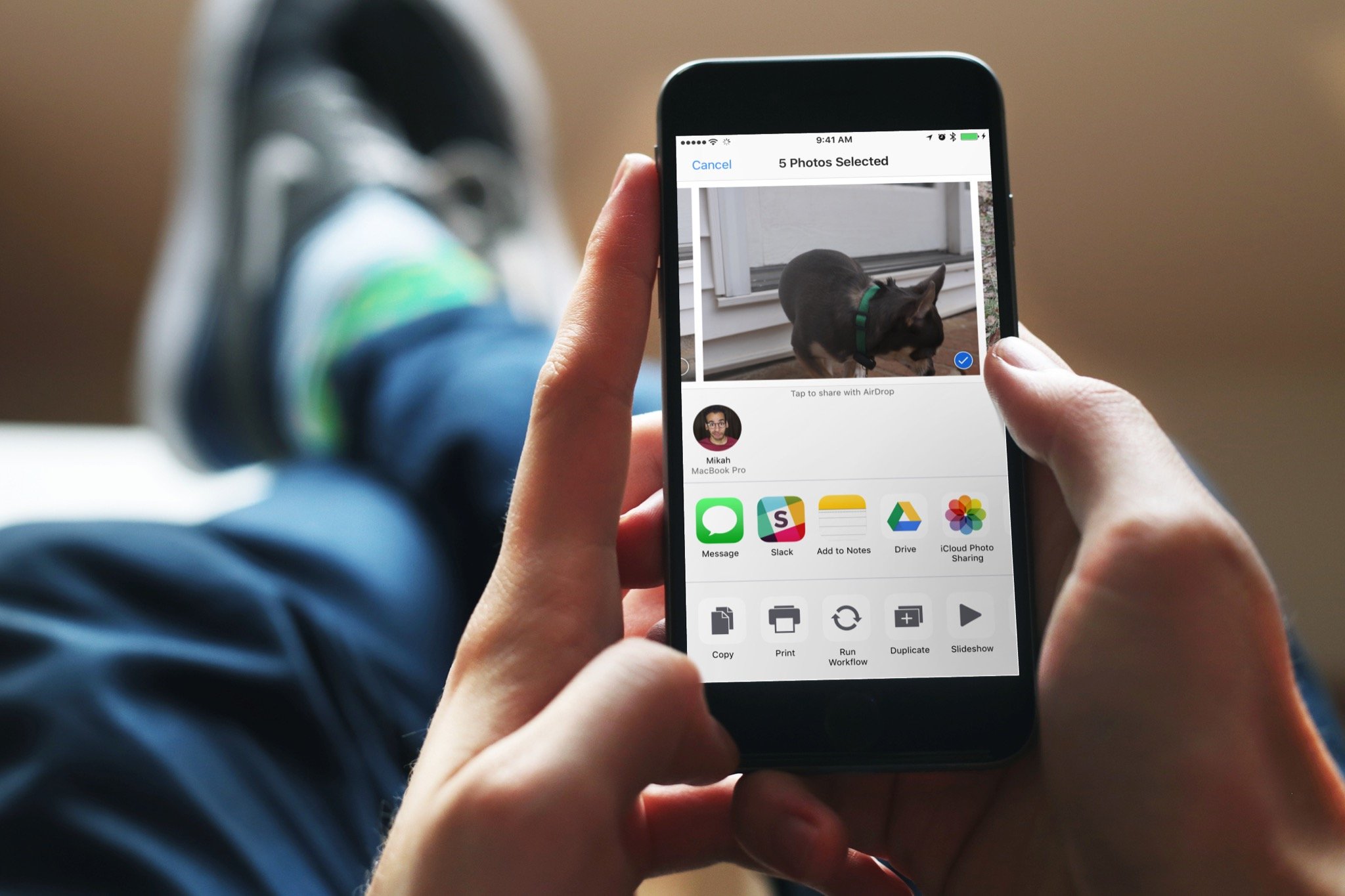
Once-upon-a-time, you used to have to plug your iPhone into your computer to transfer everything and anything. Never mind your music, even your contacts. Seriously. Ask your grandparents.
But then, starting with iOS 5, Apple took the iPhone to iCloud, and most of our data just started to sync. Same with services from Google, Microsoft, and many, many others. Eventually up to and including passwords, photos and videos, documents, and more.
With iOS 8, we got continuity, so we could Air Drop files, hand-off positional state in apps, tether without… a tether…
And streaming began to overtake downloading and wire syncing, from Spotify to Apple Music, Netflix to Apple TV, Kindle to Apple Books.
Wired connections are still much, much faster. But Apple's never even included the faster, more modern wired connections on iPhones.
Wireless, on the other, hand, is a different story entirely. Apple's always been among the first to add better and faster wireless connections, including Wi-Fi 6 on the latest iPhones.
That means even a couple minutes of 4K video isn't torturous to transfer. But anything longer… and likely anything 8K when that becomes a thing, probably still will be.
So, again, it's not a perfect replacement for wired. It trades significant utility for significant convenience. But it's also a solved problem.
What about troubleshooting?
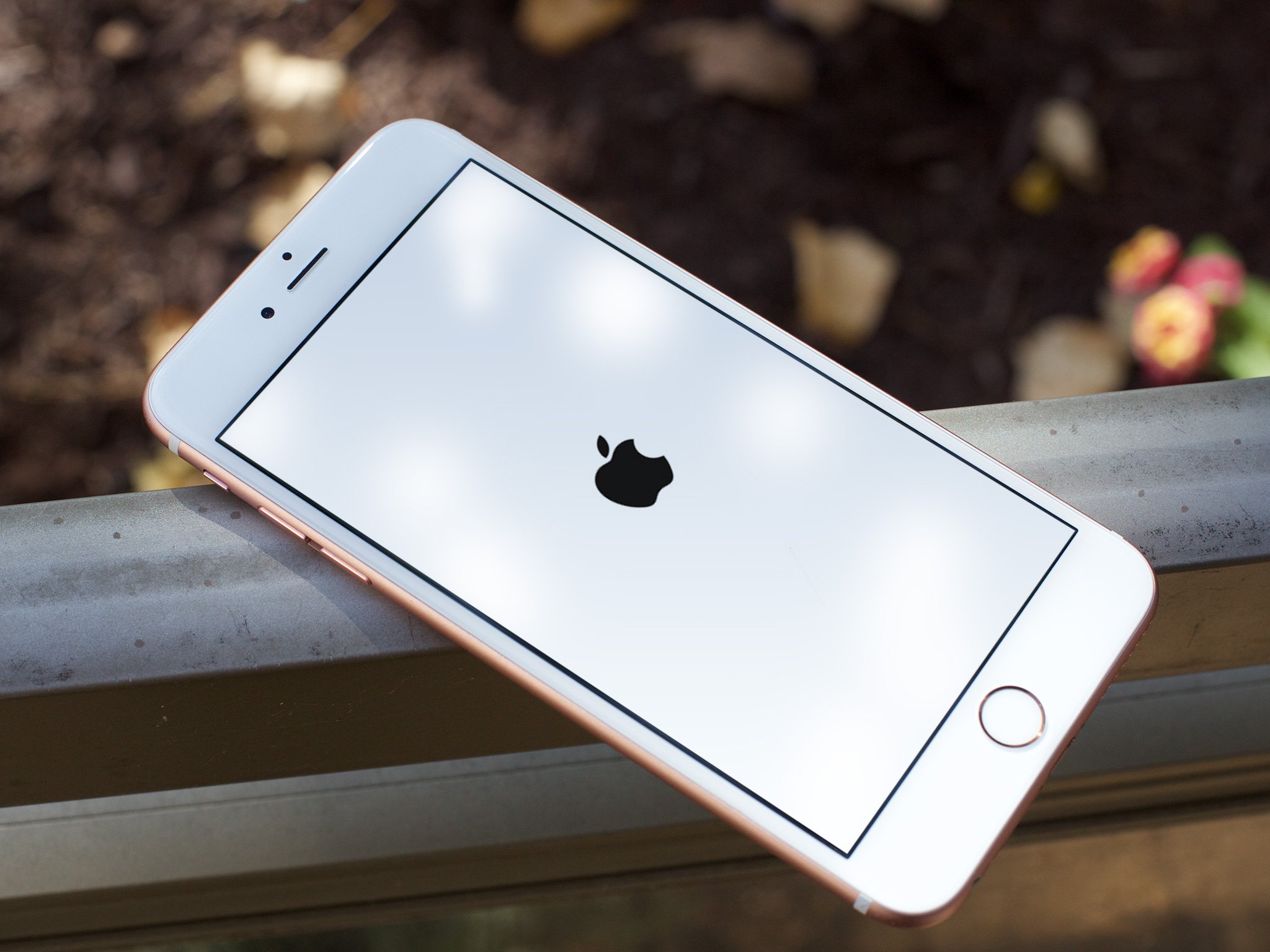
Where things start to get tricky is with system restores, both basic and DFU. You know, when a software update or something else goes wrong and you have to plug into iTunes or the Finder and factory reset and reload your iPhone. How would you plug in without a plug to… in?
The Apple Watch and Apple TV both have hidden ports but they're only meant for an AppleCare technician to use. And as frustrating as it is to have to take or send your Watch or TV in for servicing, it'll be even more frustrating to have to do that with your phone.
And this is currently an unsolved problem. At least on the iPhone. Apple's introducing something pretty new and cool on Apple Silicon Macs later this year:
Basically, a minimal, separate, macOS environment in a hidden container that lets you reinstall macOS, even macOS Recovery if and when you need to.
Could that work for an iPhone with iOS and a form of iOS Recovery utility and internet restore on board?
We'll have to wait and see, but let me know your thoughts in the comments.
What about my %^$& accessories?
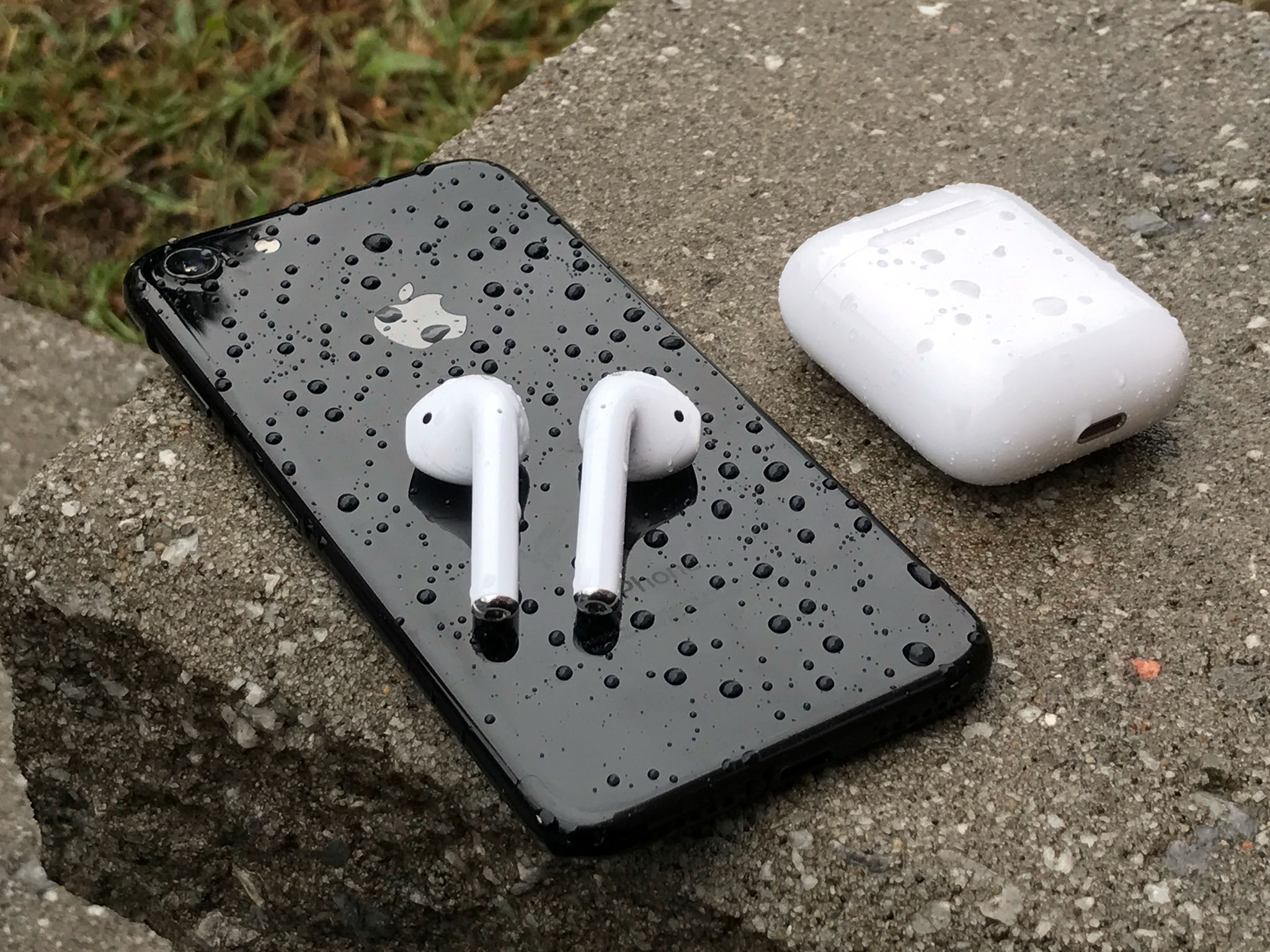
Another issue is existing accessories. When Apple switched from the 30-pin Dock connector to the Lightning port in 2012, people were mad.
They had all sorts of cables and docks and sound systems and in-car systems with Dock connectors on them, and didn't much appreciate the one way ticket to Dongle Town. Sorry, pedants, sorry. Adapter-ville. And that was after a decade of the 30-pin.
That's been one of the major arguments against going USB-C as well — all the mainstream iPhone owners, just going about their business, and if you swap their ports, they'll cut you.
Now, just imagine what they'll do if you don't just swap them, you delete them entirely.
People who use HDMI or other AV adapters, or camera kits, or plug in mics or god, CarPlay.
Apple can count on time and new features making some of that obsolete. But CarPlay? Even with the wireless version starting to trickle out, the OG wired version isn't going anywhere for a decade.
So, what's the answer there, an Apple Wireless to Lightning dongle, sorry, adapter, like the AirPods to 3.5mm headphone jack dongle some of us were using on planes?
If you think there better be good answers to all of this before we see any of that, drop a like below.
What about security?
On the flip side, in addition to removing a potential point of mechanical failure, deleting the Lightning port also removes a potential attack vector.
We've seen physical access be translated into digital access numerous times over the years.
Compromised accessories, evil house-workers, and people trying to trick users into plugging into malicious charging terminals is why Apple added "Do you Trust" popups to iOS a few years ago.
Likewise, the companies that collect and sell iOS exploits also lease or sell boxes that try to break in over a hard wire.
Removing that access won't suddenly make the iPhone intrusion-proof, but it will mitigate against those types of intrusions.
And, if and when Apple gets an illegitimate search and seizure request demanding they help break into a device, they can answer in their most very favorite way — it's not that we won't do it, it's that we can't do it.

Rene Ritchie is one of the most respected Apple analysts in the business, reaching a combined audience of over 40 million readers a month. His YouTube channel, Vector, has over 90 thousand subscribers and 14 million views and his podcasts, including Debug, have been downloaded over 20 million times. He also regularly co-hosts MacBreak Weekly for the TWiT network and co-hosted CES Live! and Talk Mobile. Based in Montreal, Rene is a former director of product marketing, web developer, and graphic designer. He's authored several books and appeared on numerous television and radio segments to discuss Apple and the technology industry. When not working, he likes to cook, grapple, and spend time with his friends and family.
